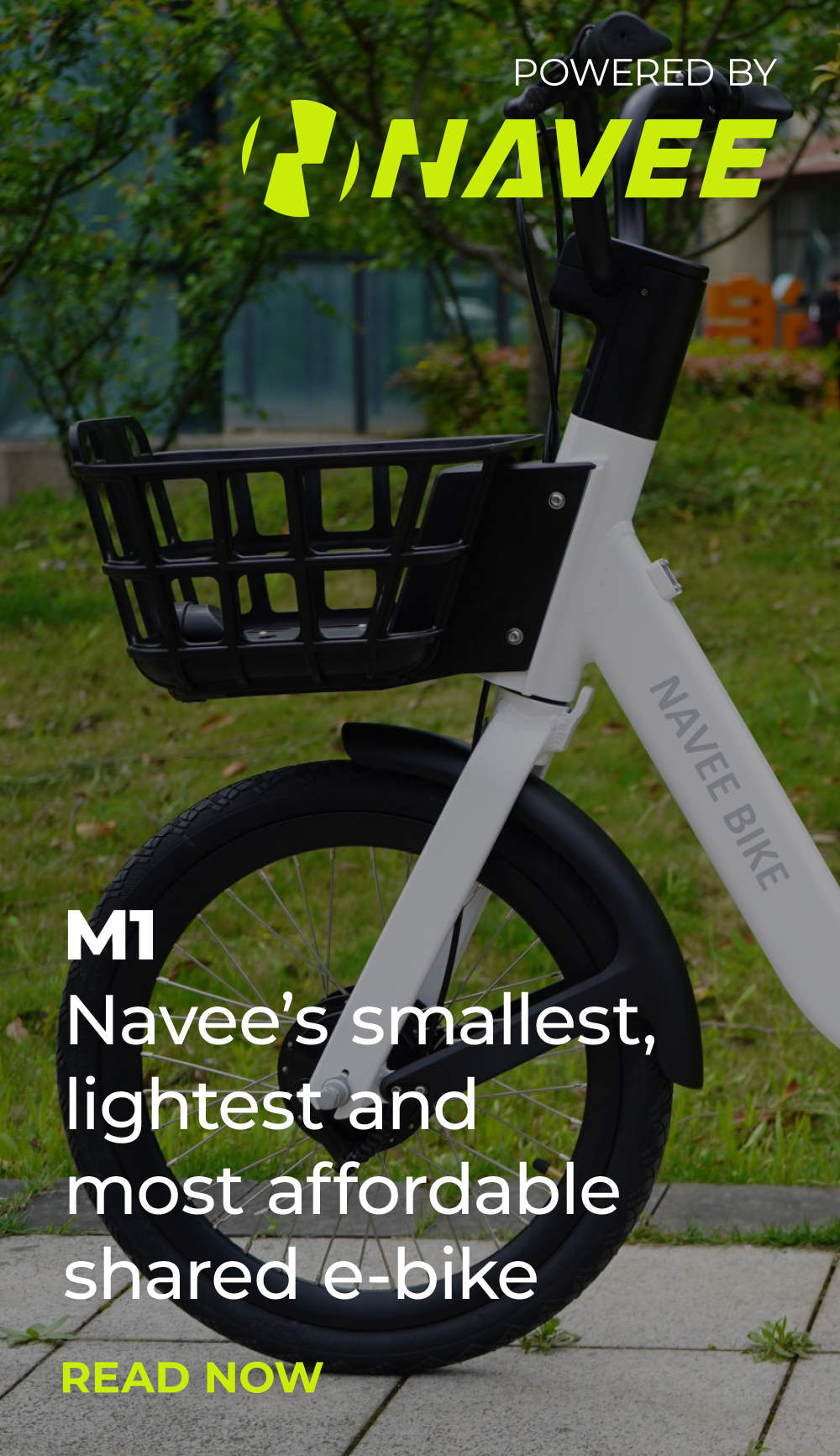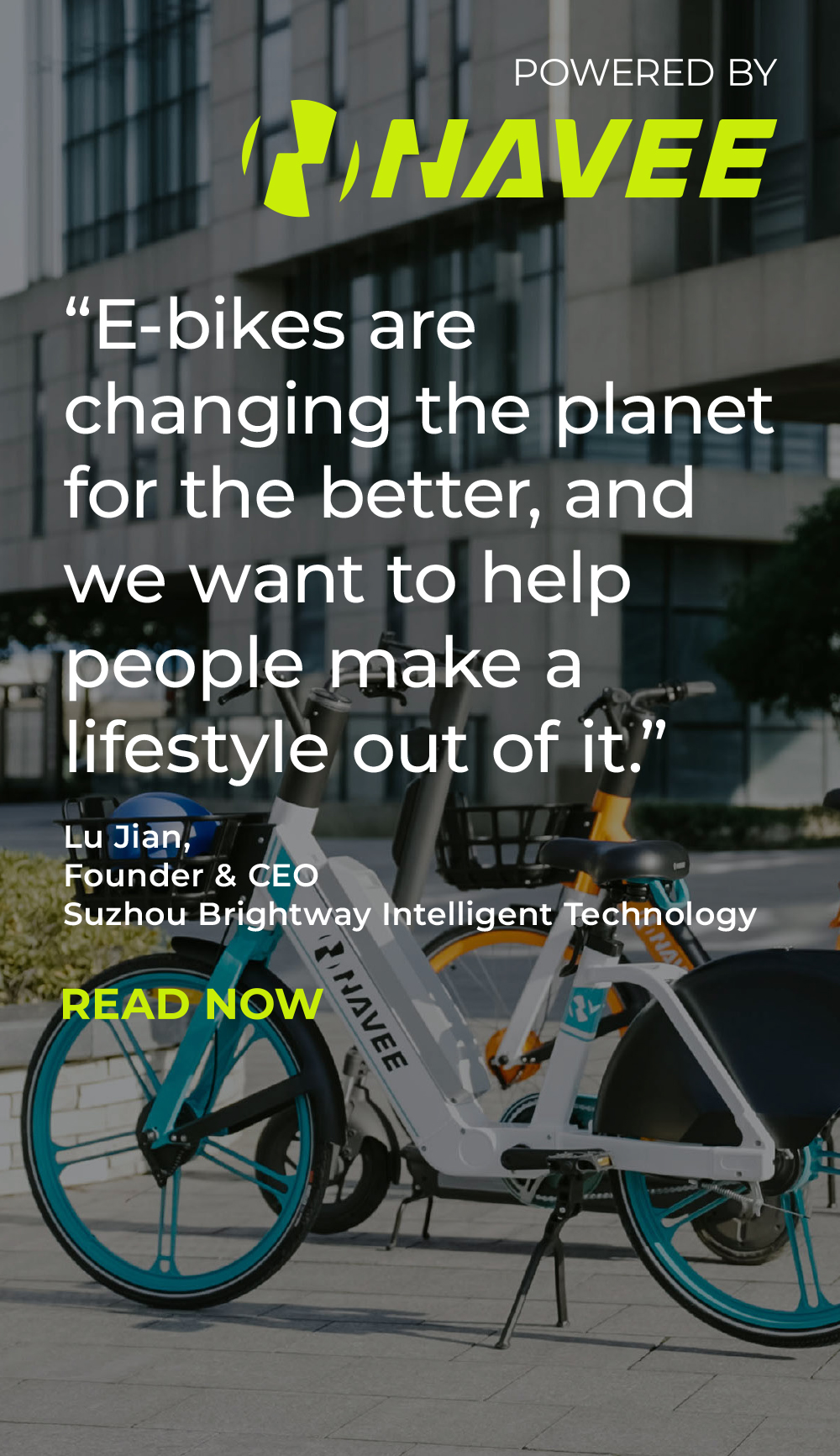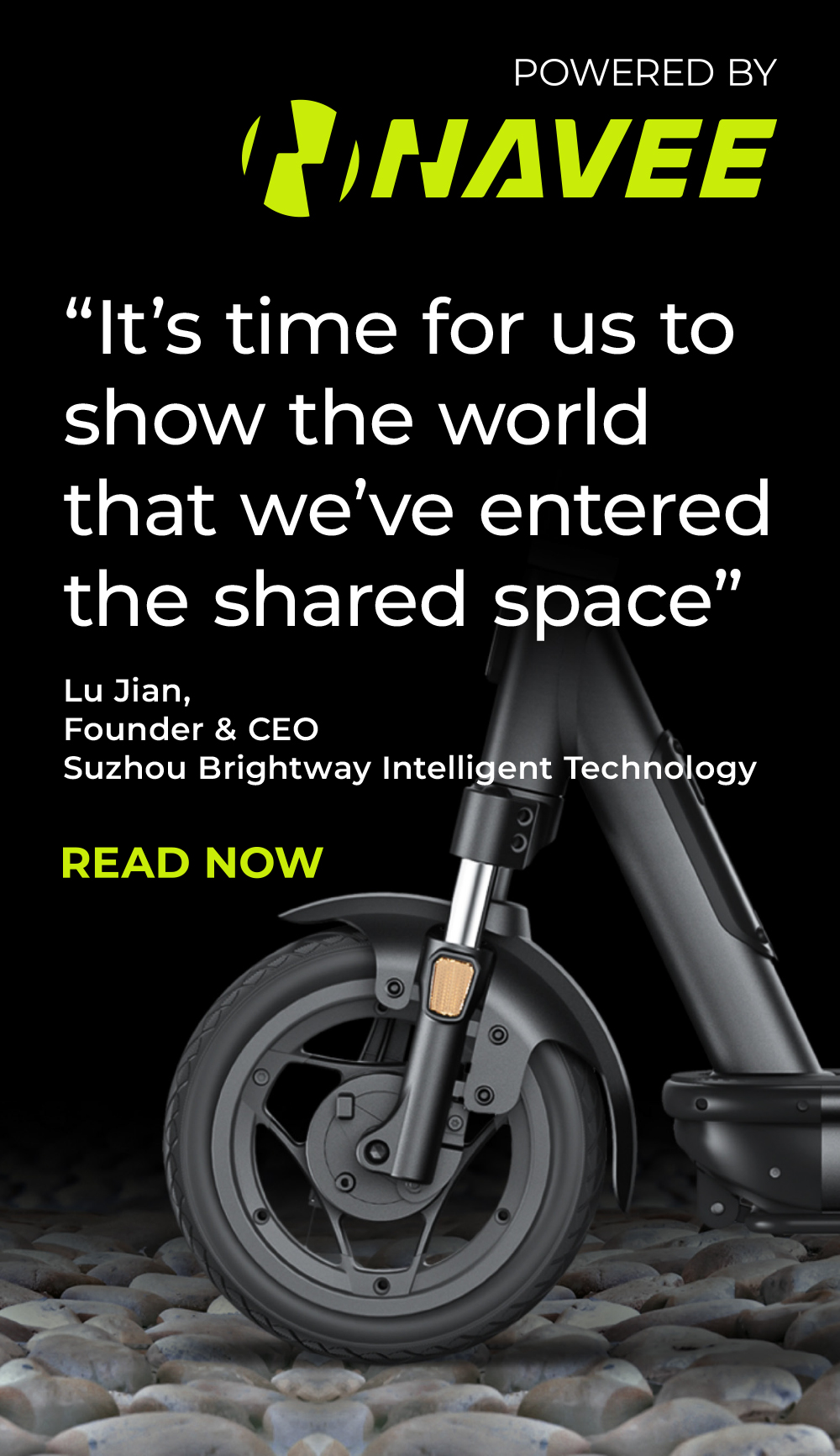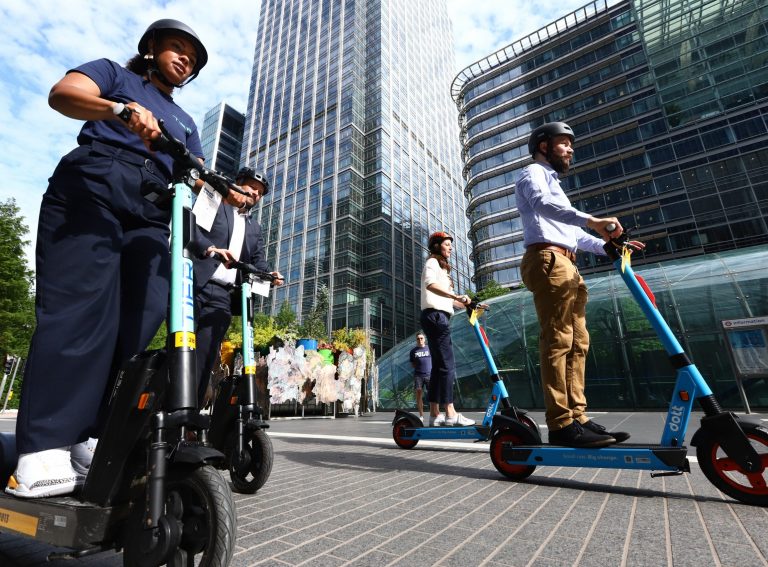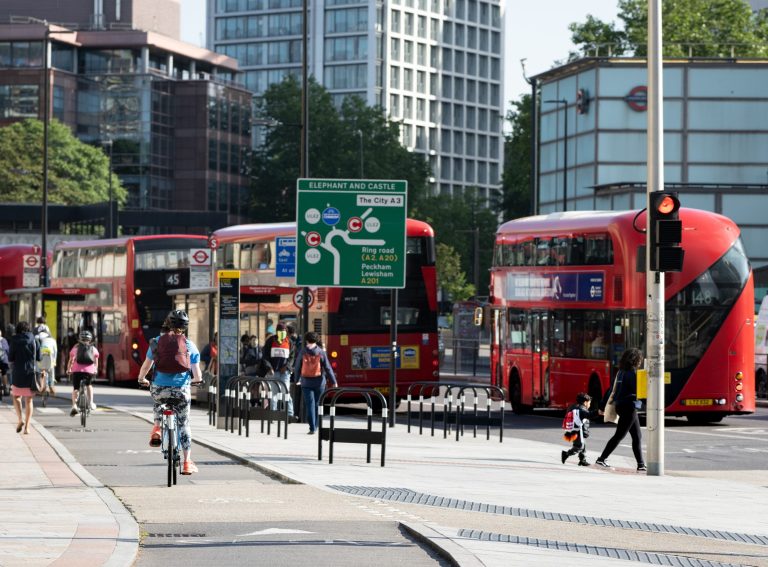Global transport consultancy Steer has released the most detailed review of Lime’s service in London to date which shows the shared operator’s e-bikes have significantly improved accessibility for Londoners.
The study spans Lime’s four + years of operations in London from January 2019 to March 2023.
Over 1.25m Lime riders have taken more than 12m e-bike trips. Usage has increased on average by 10% each month.
From an accessibility standpoint, it shows that 50% of London Lime e-bikes are in areas with higher levels of deprivation. This demonstrates that the vehicles are available for the general population, not just in higher income areas, therefore improving access to transport services for a wide range of people.
More than a third (38%) of Lime e-bikes were available in areas with low public transport accessibility, while 34% of riders used Lime to access public transport on their last trip.
Zag spoke with Matthew Clark, Steer Associate Director and report author, at the launch event in central London yesterday evening, who said the report had taken months to prepare using the operator’s service data, as well as a rider survey that had 964 responses.
“This report for the first time demonstrates the contribution which Lime e-bikes make towards transport accessibility, connectivity, active travel and mode shift in London,” he said.
“Lime e-bikes extend the reach of public transport – on a typical weekday morning 97% of the population within the operating zone are within two minutes walk of a bike. Around 7% of Londoners live within the same distance to tube and rail stations.”
Lime e-bikes also played a significant role in encouraging people to cycle again or for the first time in London, particularly among female users.
Zag interviewed Lime’s CEO Wayne Ting at the event who said: “Accessibility comes in many forms. In terms of geographic accessibility, this is not just about servicing the rich or touristy neighbourhoods, it is about helping those that are traditionally underserved. Those are the areas in most desperate need and are often the groups that are most excited to adopt. Then you have gender accessibility – our report has found that 24% of the women who ride Lime bikes had not ridden an e-bike before. Now they are saying ‘because I’m using Lime I’ve added micromobility into my world’.
“You also have age accessibility – the shared market can feel younger, but this is about making our bikes accessible to all age groups.”
Lime Access Programme
Lime launched an Access Programme in London in October 2021 offering Transport for London (TfL) and borough concession pass holders 50% of all trips.
As of today, 25,000 Londoners have signed up to receive the discount, helping to ensure the service is affordable and accessible to all. Eligible passes include the Blue Light Card, student cards and the Freedom Pass.
Lime has also worked with partner boroughs to create “Access Zones” in areas of high deprivation in the service zone. These zones automatically reduce pricing for residents without requiring them to sign up to Lime Access.
Five recommendations
The report details five recommendations to ensure that these current benefits are maintained and operational issues for users and non-users can be improved upon in the future.
These include introducing a London-wide shared e-bike service with a standardised service area, user parking and riding rules. This comes after the survey found that 27% of Lime users would cycle more if Lime had a larger, more standardised service.
Another key recommendation is to ensure a high density of designated parking locations to ensure maximum uptake, as well as tidy parking.
50% of Lime users said they would not walk further than 200m to pick up or drop off a bike at a parking station.
This means around 25 parking stations are needed per km2, equating to 10,000 new stations across London.
It is estimated that implementing this would cost up to £20 million.
Clark said in his presentation that although a two minute walk does not feel very far, how far would you walk to pick up your car in comparison?
Lime and Steer also suggest that e-bike providers should provide regular data on usage patterns on cycling infrastructure to inform where further infrastructure could be implemented.
The report concludes that current regulation requires improvement, as individual agreements with local borough authorities create confusion for users and non-users, as well as operational issues for authorities and providers.
Matthew Ledbury, Senior Policy and Advocacy Officer for CoMoUK, told Zag: “Matthew Clark’s / Steer’s analysis demonstrates very effectively the strength of shared e-bikes in improving accessibility and supporting the ‘first and last mile’ for public transport journeys. Having London-wide coverage of bikeshare along with easy interchanges with public transport can allow millions of Londoners the confidence to change their travel behaviour and start to rely on a blend of shared and public transport as an alternative to personal car use.”

